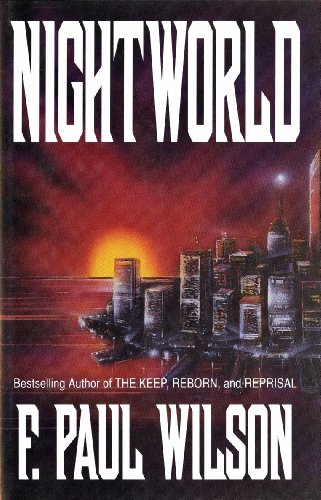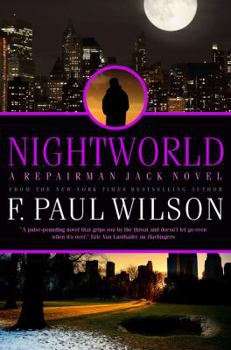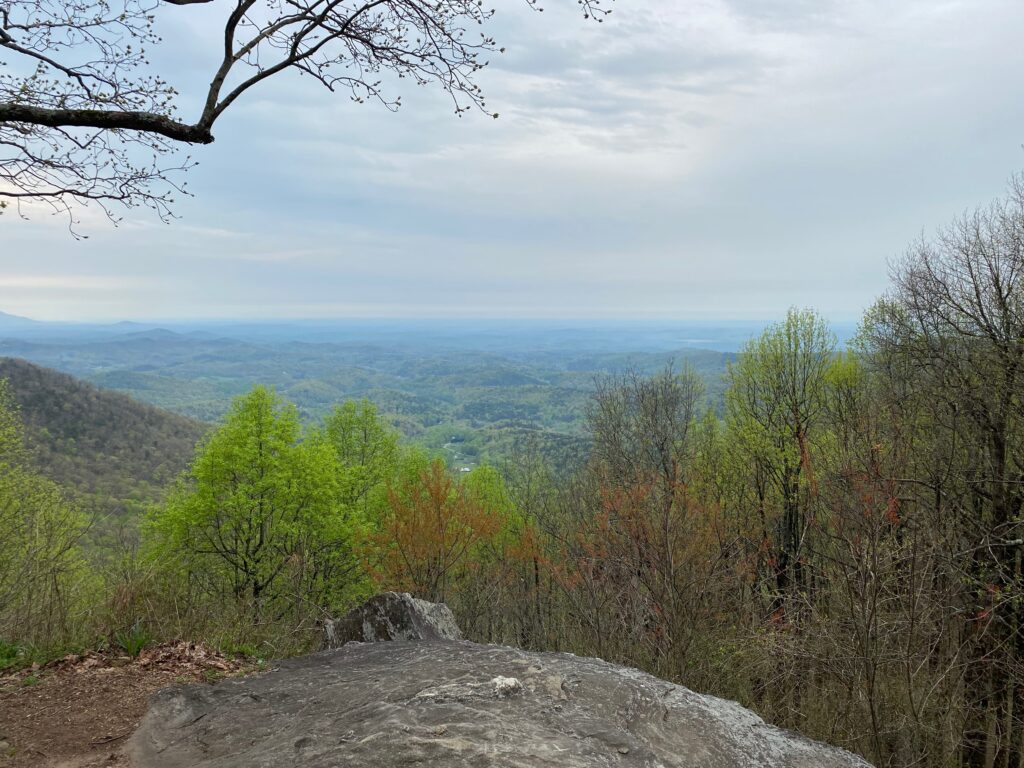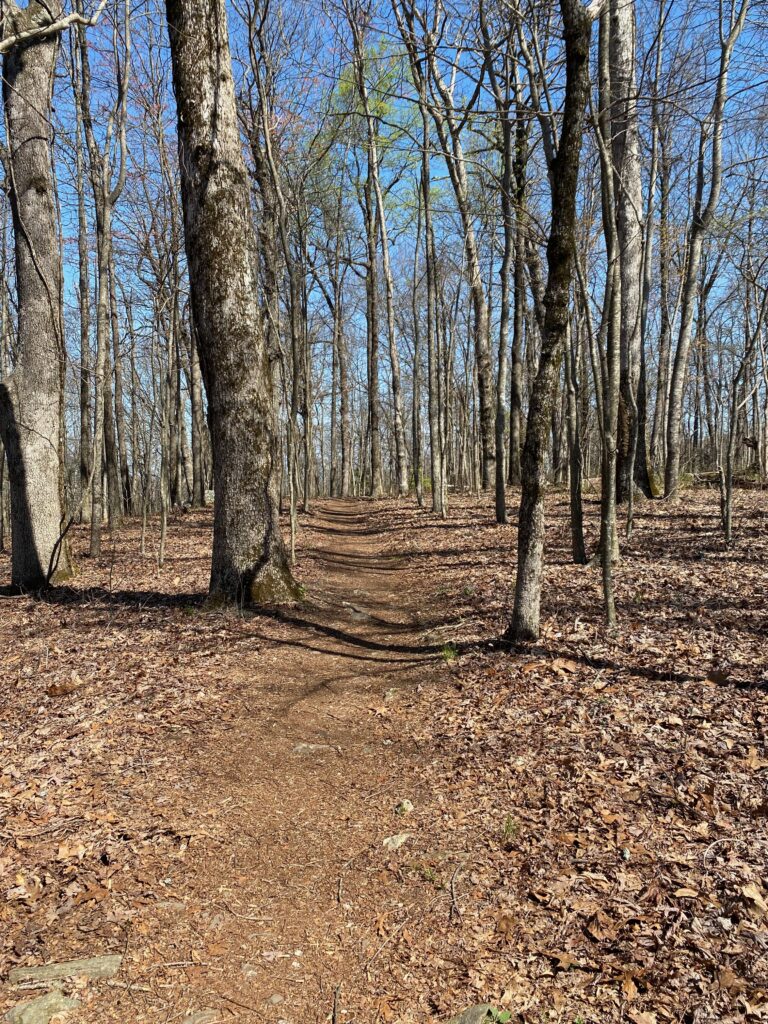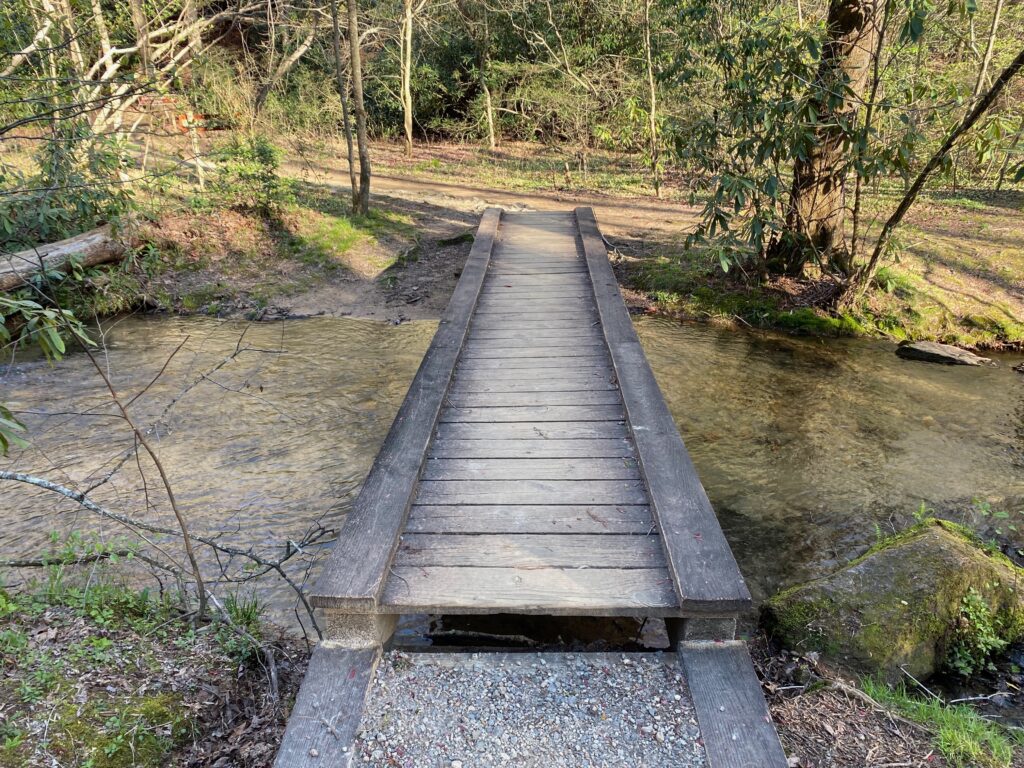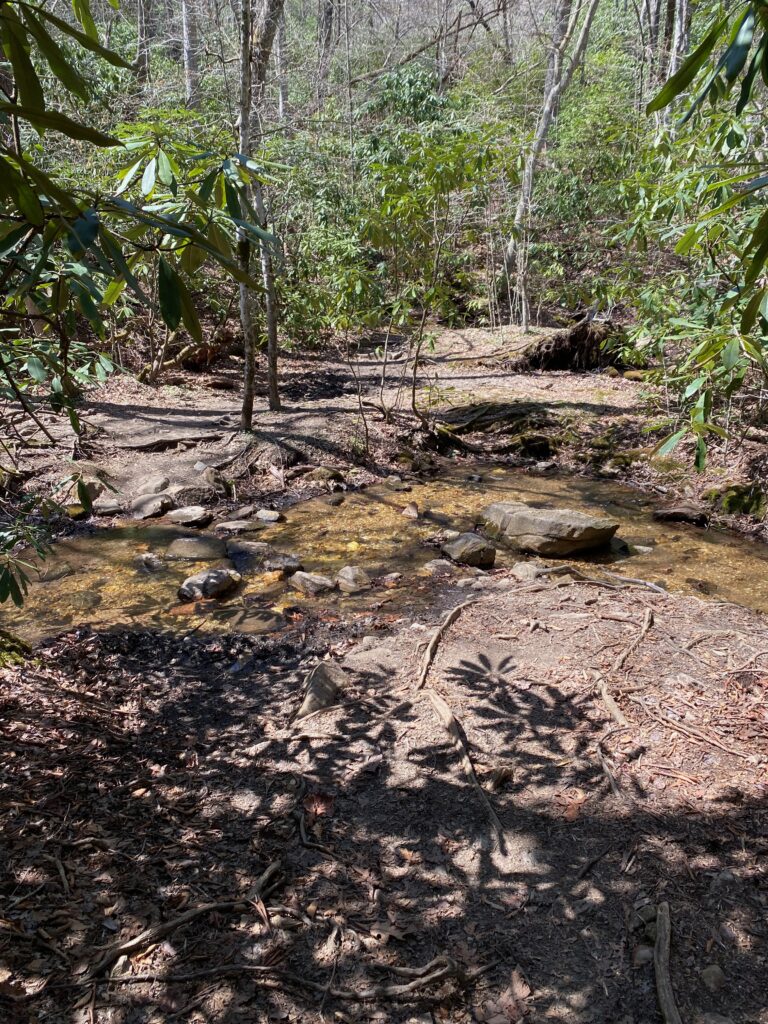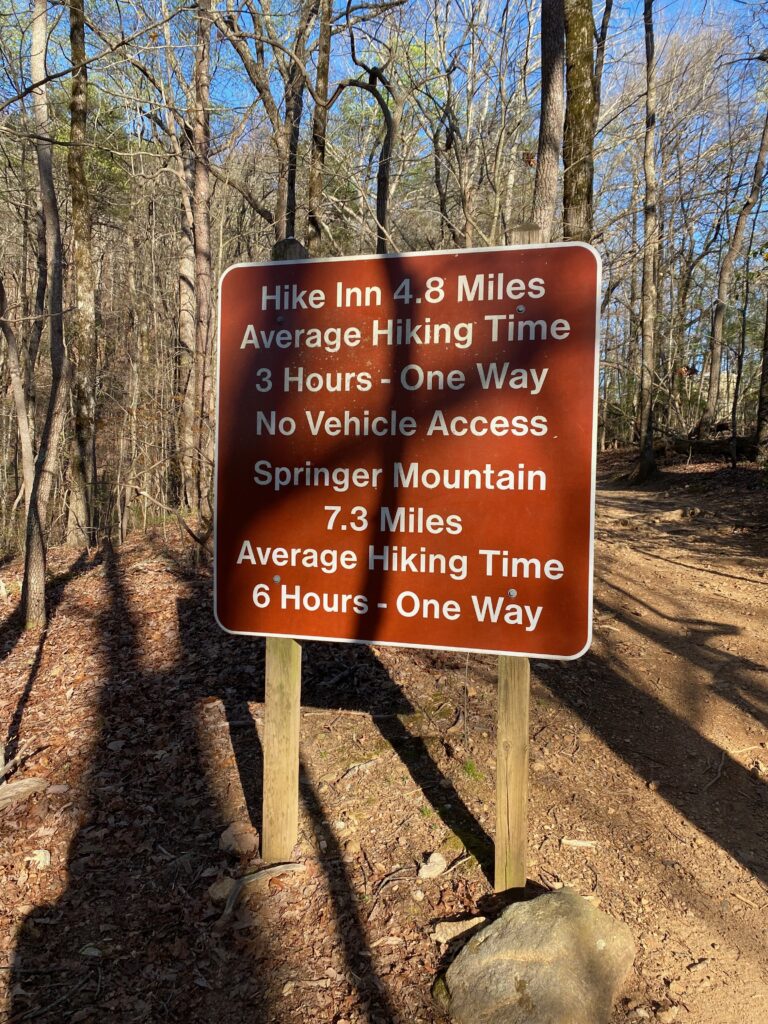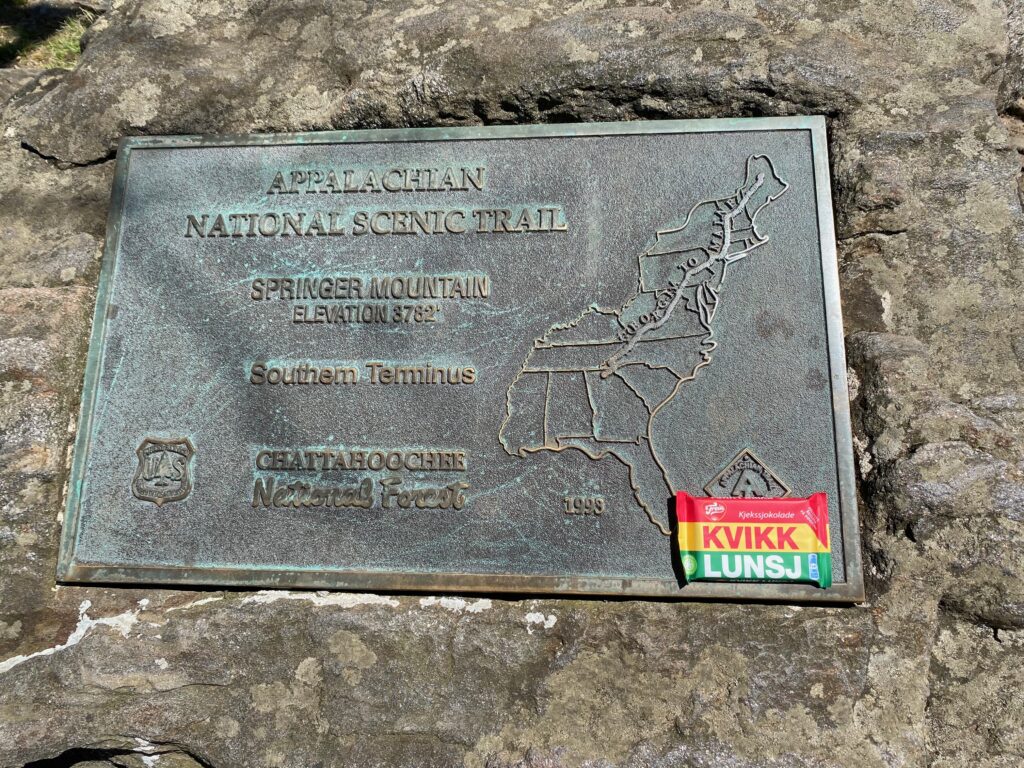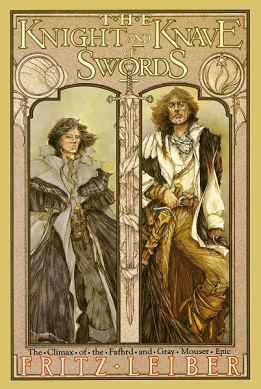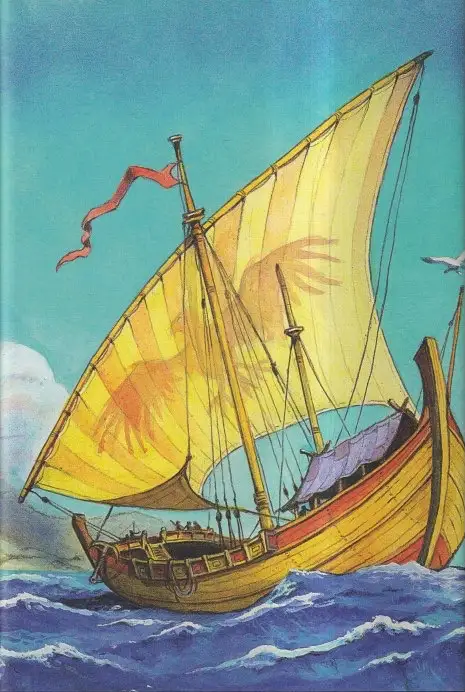Okay, that’s not the official title of the movie, but it’s what I call it. Furiosa: A Mad Max Saga is the 2024 sequel/prequel to Max Max: Fury Road, a movie by George Miller that came out in 2015. Nine years have passed since these two interconnected movies; Furiosa was a character in Fury Road, and she moves to the fore in this prequel movie. Many years have passed since the original trilogy. The original Max Max movie came out in 1979. It was followed by a sequel in 1981 (Mad Max 2, a very un-original title), and another in 1985 (Mad Max Beyond Thunderdome). The three first movies all starred Mel Gibson. They are set in a post-apocalyptic world in Australia, a vast continent with existing deserts and cool accents. Decades would pass before other movies in this universe would emerge. None would feature Gibson, yet they still would remain Down Under.
Mad Max: Fury Road gained a lot of great press when it came out in 2015. I saw it in the movie theaters and hated it. The trailer looked great; the movie itself was underwhelming, although many critics and web sites loved it. When Furiosa was announced I was skeptical. Could it redeem Fury Road? I went to see it with my 21-year-old daughter, who really liked Fury Road. I ended up liking it far more than Fury Road, although she felt the opposite.
The movie is divided into five chapters. The first couple of chapters begin with Furiosa as a young child. She lives in an idyllic “Green Place,” and is kidnapped by raiders and taken into the desert to the headquarters of a charismatic leader, Dr. Dementus. Furiosa’s mother tries to rescue her, yet her one moment of mercy leads to her downfall and death. The child Furiosa is traded to Immortan Joe, the big bad in Fury Road. She escapes an attempted rape, manages to hide her face as she grows up, pretending to be both male and mute, until her discovery by a rig driver, portrayed by the brilliant Tom Burke.
Alas, Dementus ruins their plans to leave to the Green Place, and Furiosa embraces vengeance, which eventually leads her back to Immortan Joe’s place, where she assumes the role of rig driver. The ending leads directly into the beginning of Fury Road.
Prequels are strange things. They face a both an existing world and a definite end. Furiosa cannot go beyond Fury Road, but must either lead up to it or end somewhat before it. In the case of Star Wars, for example, George Lucas may have thought it brilliant to name his first movie “Episode IV”, leading us to thing there were three episodes that existed prior to the movie. When the prequels came out a few years later, they underwhelmed. Most prequels suffer the same fate. The Rings of Power, for example, is largely irrelevant when compared to The Lord of the Rings. Then again, one is written by J. R. R. Tolkien, and the other by committee. And what about House of the Dragon, George R. R. Martin? It’s a prequel of sorts to his Game of Thrones, yet has garnered none of the attentions as the former series. Maybe audiences were turned off by the final season of Game of Thrones, which for all intents and purposes was a disaster. The list goes on, and on and on.
In a prior post I mentioned F. Paul Wilson’s Nightworld. This book spawned over a dozen “prequels,” in the sense that it featured characters in the same world, yet introduced new ones. In the end, Wilson rewrote Nightworld to fit in some of the new characters, change characters, and expand roles of other characters. Movies don’t have that luxury.
George Miller certainly has no such luxury, as Furiosa cannot lead to a different Fury Road. It does have a different actor, with Anya Taylor-Joy replacing Charlize Theron. The former, when she actually steps into the role almost an hour into the movie, plays her role remarkable well. She has few lines, but her performance is charismatic, powered greatly by her eyes and facial expressions.
The action scenes are great, with a focus on far fewer characters than Fury Road. I actually cared more about Furiosa’s fate in this movie, vs. Fury Road. In Fury Road, a supposedly Mad Max movie, I didn’t even care about Max himself, or any of the other characters, aside from one, and she died. Maybe that’s what made me dislike the movie. That, and the endless chase scenes that led back to the start, reducing those scenes to nothing.
Unfortunately, the box office returns for Furiosa are not good. That’s a shame. It probably means there won’t be a sequel to Fury Road, or any other moves in this saga. Exploring the Wasteland would be an interesting opportunity, but it seems that the movie-going experience is a dying one, what with all the streaming options these days.
